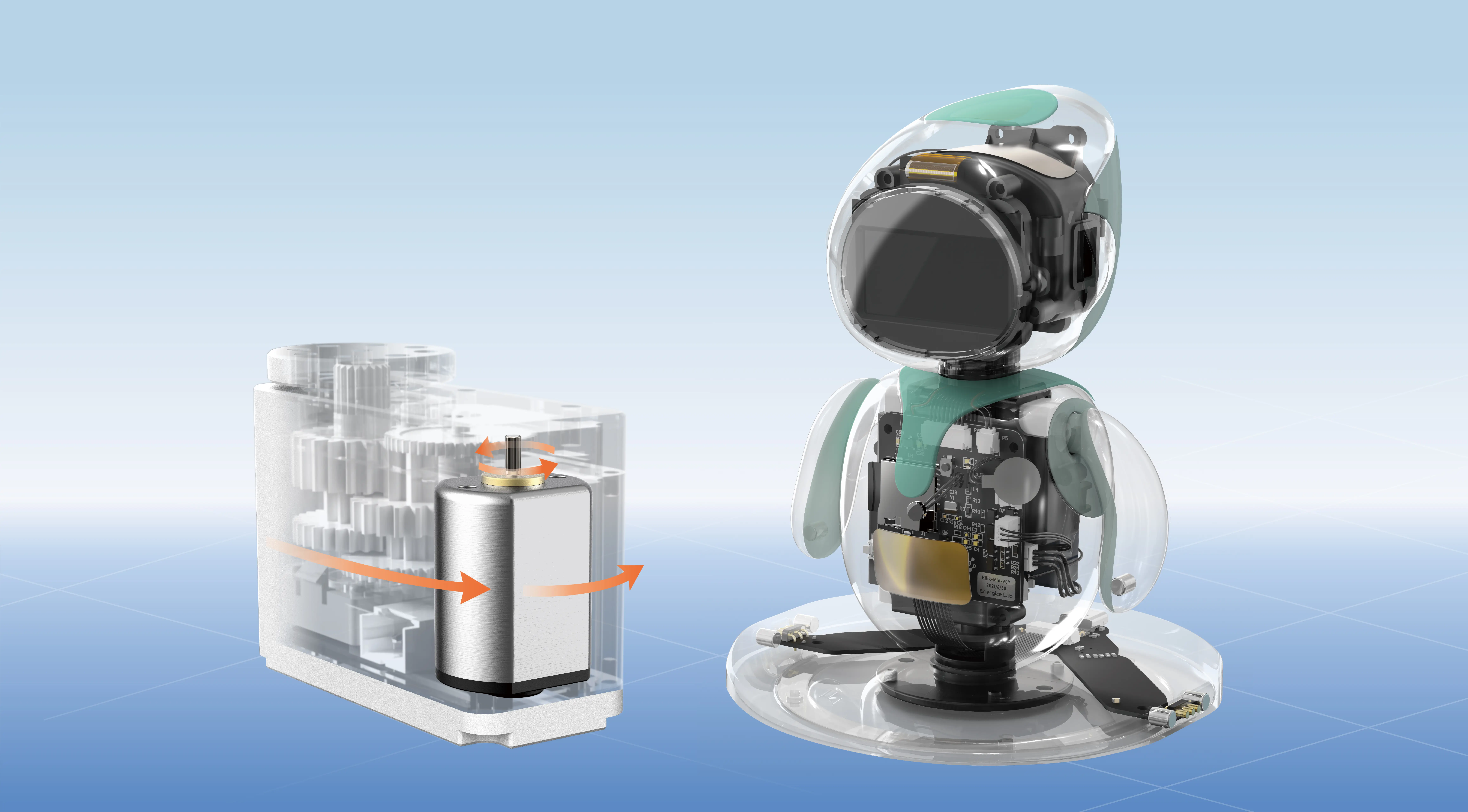Imagine a tiny robot arm reaching out with mechanical precision, or a drone navigating complex aerial maneuvers—all relying on one basic yet vital component: the servo motor. These compact, versatile devices are the backbone of countless innovations, from everyday gadgets to sophisticated industrial machinery. But a question often sparks curiosity among engineers, hobbyists, and tech enthusiasts alike: Can a standard servo motor rotate 360 degrees?

At the heart of this question lies a fundamental understanding of what a servo motor truly is. Simply put, a servo motor is a type of rotary actuator: it converts electrical signals into precise mechanical movement. What makes servo motors unique is their ability to accurately control position, speed, and torque, making them essential in applications that demand fine control along a rotational axis.
Standard Hobby Servos vs. Continuous Rotation Servos
Most people first come across servo motors in the context of remote-controlled cars, boats, or robotic arms—hobby servos that are typically limited to a rotation range of about 0 to 180 degrees. When you input a command—say, "turn to 90 degrees"—the servo's internal feedback mechanism ensures the shaft reaches that position and holds it steady. This setup is ideal for many applications but comes with a clear limitation: limited rotational span.
Why is this? Traditional hobby servos are designed with a physical internal stop. This stop restricts the motor's rotation to a specific angular range, usually between 0° and 180°, with some models reaching 270°. This constraint arises because the gear train and internal potentiometer (or other feedback device) are set up to operate within that limited span. The internal circuitry is calibrated for this range, making standard hobby servos unsuitable for continuous rotation unless explicitly modified.
The Myth and Reality of Continuous Rotation
This brings us to the intriguing concept of continuous rotation servos. As the name suggests, these are servos that can spin freely in a full circle, often repeatedly, without the traditional constraints. These specialized servo motors are often used in robotics and automation projects where a full 360-degree spin is necessary—think of a robotic turret or a pan-tilt camera system.
But how do they differ from standard servos? The answer lies in their internal electronics and gear modifications. Unlike regular servos, continuous rotation servos modify or remove the internal position feedback stops. They are designed to interpret control signals differently, turning what used to be an angle position command into a command for rotation speed and direction. Instead of moving to a specified position, they respond to PWM signals where, for example, a signal could make the motor spin clockwise at a certain speed or counterclockwise.
Engineering the Mechanics: Removing Hardware Constraints
The key to enabling a servo to rotate 360 degrees or more is hardware modification. For hobby servos, if someone wants full rotation, they can sometimes disassemble the unit, remove or bypass the internal mechanical limits, and adjust the potentiometer or feedback system to accommodate a full 360-degree rotation. This process, however, is delicate—messing with the internal components may compromise the device’s precision or durability.
Another approach is to select a servo motor explicitly designed for continuous rotation and wide angular travel. These motors come pre-optimized for full or extended revolution capabilities—they have internal gear mechanisms and electronics calibrated for this purpose. Essentially, they’re not "servos" in the traditional positional feedback sense but are more akin to geared motors with servo-like control features.
The Role of Brushless DC Motors and Serial Servos
In advanced robotics, servo mechanisms that achieve full rotation are often based on brushless DC motors combined with sophisticated control algorithms. These motors can be embedded with sensors and controllers that manage their rotation precisely, allowing for seamless 360-degree or more movement. Such models are often used in high-end industrial settings, where the demands for precision and range are both critical.
It’s worth noting that there's a spectrum of products labeled as "servo motors" or "servo actuators," with varying capabilities. Some are specialized to guarantee full rotation, with internal feedback systems that ensure the motor can rotate multiple times without losing position accuracy. Others, especially traditional hobby servos, inherently cannot rotate 360 degrees unless modified or replaced with specialized units.
Applications Spanning the Spectrum
The ability for a servo to rotate continuously or beyond the typical limits opens doors across numerous industries:
Robotics: Full-range rotation is essential for robotic arms, omnidirectional wheels, or turret mechanisms, where movement freedom enhances performance.
Automation: Precise control of full or multiple revolutions enables robotic assembly lines, conveyor systems, and automated camera systems.
Aerospace and Defense: Satellite or drone gimbal systems need uninterrupted 360-degree control to track targets smoothly.
Hobby and DIY Projects: Makers delight in building custom 360-degree pan-tilt mechanisms, animatronics, and interactive art installations.
Wrapping Up The Limitations and Possibilities
In summary, a standard hobby servo cannot rotate 360 degrees out of the box because of its physical internal stops and feedback mechanisms. However, with modifications or by selecting specialized continuous rotation servos, achieving full rotation is not only possible but widely used. The key lies in understanding your application’s needs and choosing or adapting the motor accordingly.
In our next section, we’ll dive deeper into how to select the right type of servo motor for your project, explore some real-world examples of full-rotation servos, and discuss their integration into various systems. Whether you're aiming to build a robotic arm that can spin endlessly or a surveillance camera that needs to pan smoothly in all directions, the right servo solution can make or break your project’s success.
Established in 2005, Kpower has been dedicated to a professional compact motion unit manufacturer, headquartered in Dongguan, Guangdong Province, China.




































